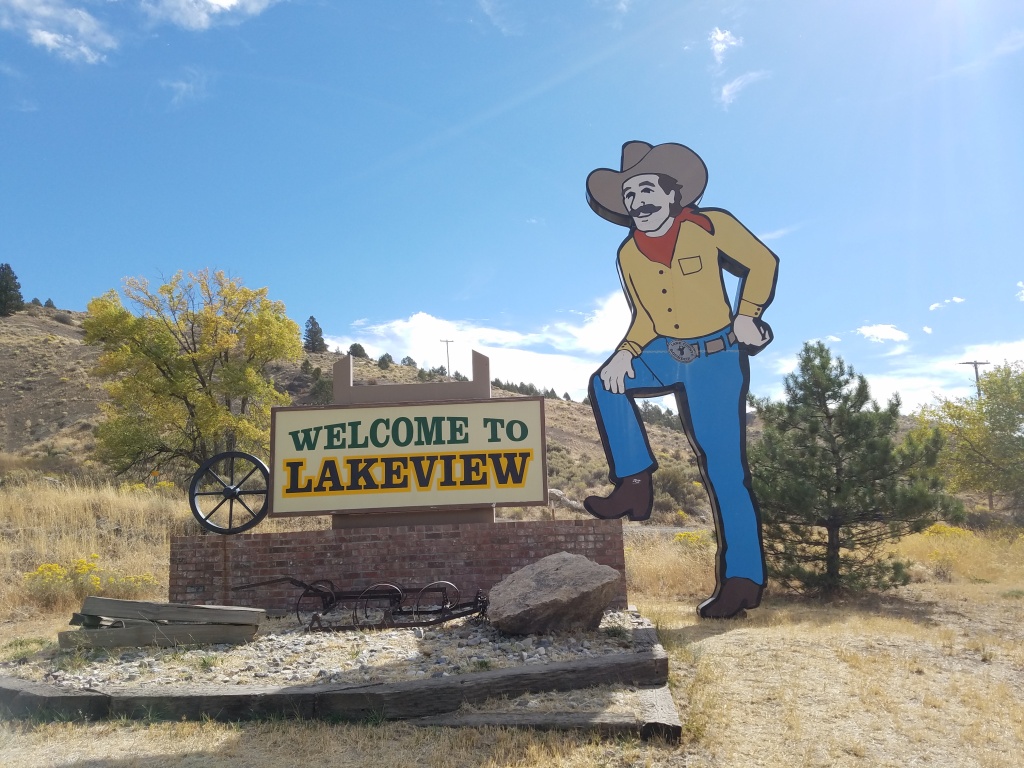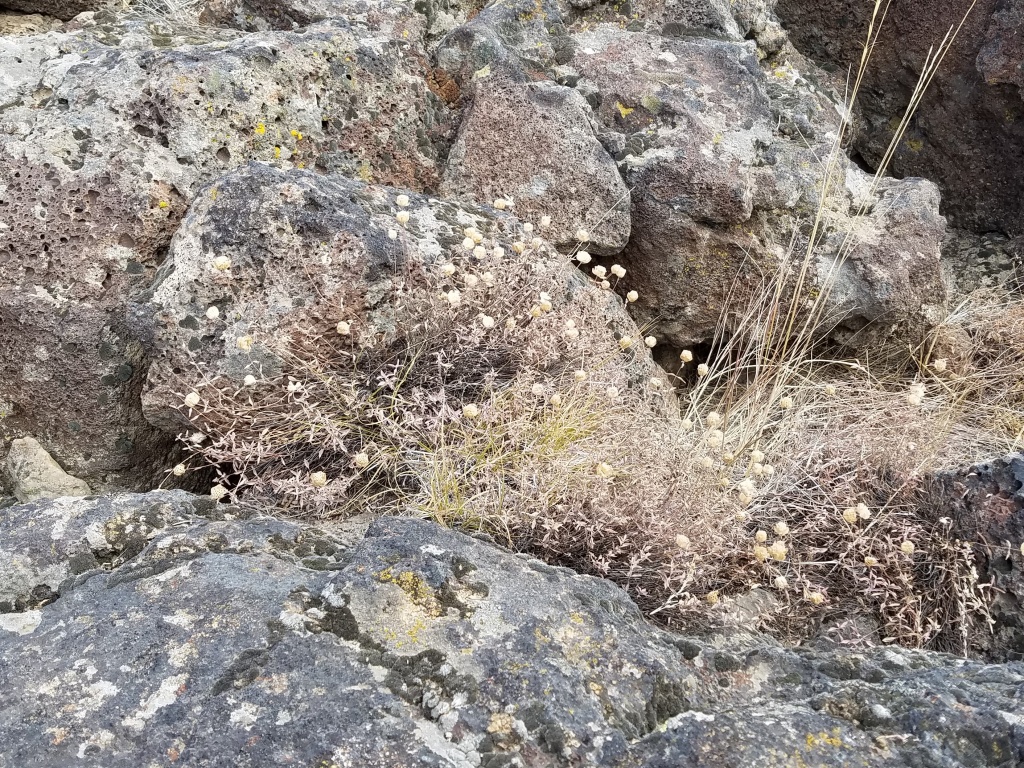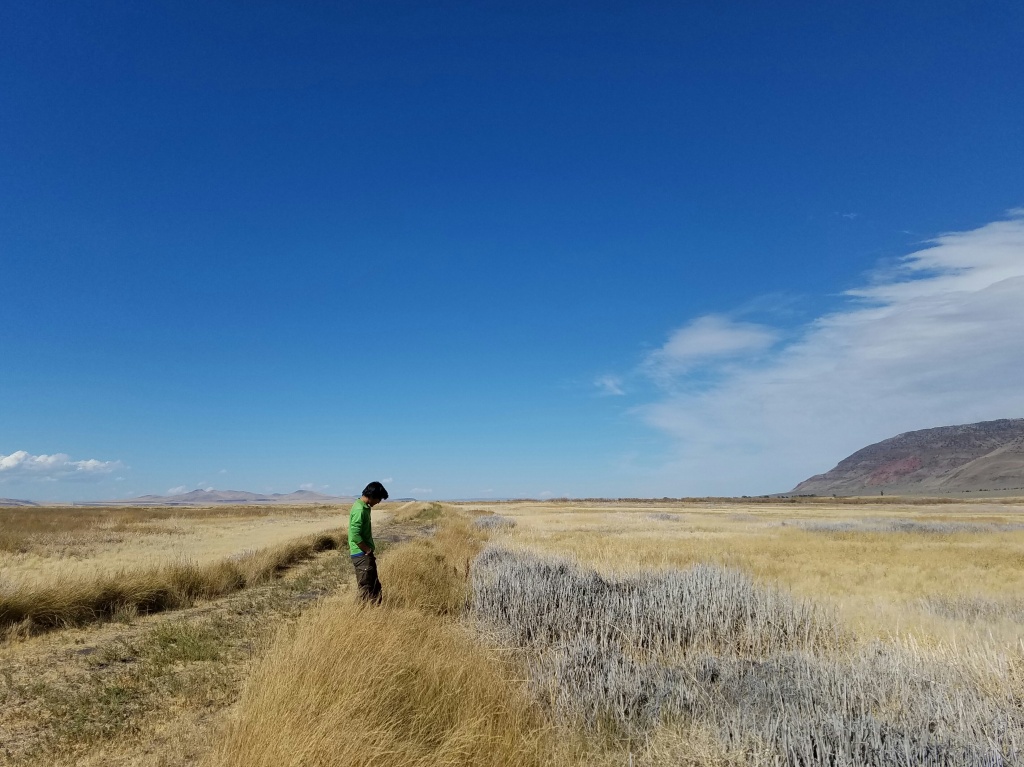I’ve gotten my first glimpse of the seasonal field life this summer, and I know I want more to come. There wasn’t much time to think about how the work day was dragging because there was always something interesting to do. I worked with the BLM’s (Bureau of Land Management) AIM crew out of Meeker, CO doing vegetation and soil surveys throughout the Northwest Colorado District. AIM stands for assessment, inventory, monitor and is representative to what we did on a daily. There were times when I thought, “I can’t believe I’m getting paid to hike and learn about plants!” If only flowing season were year round and this position were permanent, nonetheless I’ve had a priceless experience this summer.

AIM crew taking a break from a long hike.
I’d like to share a little of our daily routine for those of you interested in joining a similar team in the future. Random pre-designated locations were prioritized and assigned to different groups in our region. Everyday we’d drive anywhere from 30 minutes to 2 hours in a treasure hunt for the day’s plot location. Many times, the plot was in remote locations requiring the use of topographical maps, GPS unit, a truck to drive us close and our chevrolegs to hike to the desired coordinates. Once there, we’d set up 3 transects 25 meters in length, starting at 5 meters from the center point, and we’d analyzed and record various data along each transect. To collect data for ‘line-point intercept’, we would record the vegetation present at every 0.5 meters and the height and species of the tallest woody and herbaceous plant at every 2.5 meters. We also recorded the length of canopy gaps along all three transects. Since my team was a group of three, two people would observe and record that data while the third dug a soil pit 70 cm deep (not an easy endeavor when there’s gypsum and big rocks in the soil, but it makes for a great workout). Soil assessments entail categorizing each soil horizon by rock fragment type & volume, texture, % clay, effervescence, color and structure. The soil pit and all three transects’ start and end locations need to be recorded on a GPS and photographed with a photo label. Since the season is so short, we needed to take advantage of the good weather so we did as much field work as possible, leaving all the plot research details to be filled out at the end. The past couple of weeks that’s exactly what my team and I have been compiling, this entails researching what type of allotment we evaluated, weather trends and fire history to name a few. Throughout this summer we evaluated some very diverse plots with over 60 different plant species and others that had less than 15 species, consisting mostly of cheat grass. Although the plots with the most diversity typically took longer to evaluate, I enjoyed doing those most because I learned a wider variety of species and the locations of these were typically in a prettier much healthier ecosystem, making for a scenic lunch break.

Petroglyph presumably by Ute or Fremont tribe.
Another aspect I’ve enjoyed about this internship is having the opportunity to join other BLM employees out on their field days and aid in various projects. The archeologist in the office often goes out to log GPS routes of archeological sites and I’ve caught a glimpse of some epic pictographs and petroglyphs, presumably from prehistoric Ute and Fremont Indian tribes that cruised by Northwest Colorado.
We also shadowed archeological students from Colorado State University as they excavated various plots. This one particular canyon is about an hour and a half from Meeker, CO and has long been known to have archeological remains like large granaries and scattered points made of chert and various stones throughout the land. Due to an intersecting plot of private land, access to the area was restricted until recently so we went out there to explore the site and help student sieve out prized items from their digs like arrowheads, glass beads, fossils, corn cobs and they told us about some intact jewelry pieces they had dug the day prior. Most of the students were ecstatic about the work they were doing and their focus and pep made me smile. All items found will be analyzed and stored in safe locations, like museums, which is much better than the alternative of being sold on the black market. It’s a shame that this particular site had already been looted and those pieces of history will remain a mystery, but at least access to the site was finally achieved, aiding to piece together the puzzles of prehistoric humanity.

Brook Trout realizing the end is near. Electrode in the foreground.
I’ve gone out on various fish and wildlife adventures, including electrofishing and assessing streams for viable fish feed. I had the preconceived notion that electrofishing was only done when people wanted to collect data from the fish, briefly shocking the fish but allowing it to live. Although this is typically what’s done when electrofishing, this trip entailed a different outcome. Roan creek had a bank failure that caused the brook and rainbow trout to invade the cutthroat community downstream. Brook trout is native to Eastern North America in the US and Canada and the state fish of nine states, but in Roan Creek, CO it is an invasive species that is forcing out the native Cutthroat. Our goal this particular day was to completely eradicate brook trout and rainbow trout whenever we spotted it. Since first timers aren’t allowed to use the Ghostbuster looking electro line, I was designated euthanizer and would place all unwanted fish into a bucket containing MS222 which is a poison that kills fish within seconds. I asked if there was an alternative to euthanizing and tossing the fish, like using them as fertilizer or feed if MS222 wasn’t used, but I was told that statistically speaking the amount of fish we were euthanizing wasn’t enough to outweigh costs of alternative options. In my team of two we saw 3 cutthroats, euthanized 153 brook trout and 1 rainbow trout. All euthanized species were measured and length recorded before sadly putting them in bag to be tossed. Truth be told, it didn’t affect me too much to euthanize the fish, but it did make me sad to hear that these organic creatures were going to waste in a dumpster. Nonetheless, it was great to gain some hands on experience electrofishing and I was grateful they allowed me to tag along. Assessing a stream for feed was a completely different process where the goal is to collect all insects present within a 12×12 by brushing rocks and collecting the specimens with a net. This wasn’t your ordinary net; it had a platform at the mouth of it, and a cylindrical ‘dolphin’ catcher at the end, making it easier to contain the bugs being washed by the stream. We did this 8 times every 50 meters upstream, designating each random point with start and end riff locations that were logged on a GPS. There was lots of bushwhacking and mud scrambling involved, but using waders in cool stream water was a great reprieve from the scorching heat that day.

Pictograph in Canyon Pintado, CO.
On office work day, I helped the rangeland crew build a fence in efforts of preventing illegal grazing that is occurring in Canyon Pintado, CO. This site contains a pre-historic structure at the top of a cliff and just like all other archeological sites, there are many theories as to why it was built and what it was used for. There are also pictographs and petroglyphs within close proximity of a hiking trail that was absolutely covered in cow piles, so I was stoked to know that we were making a positive impact by keeping the cows out.

Hanging Lake hike in Colorado.
During my time here in small town Meeker, I’ve explored quite a bit of Northwest Colorado that I wouldn’t have otherwise if it weren’t for this great opportunity that Chicago Botanic Garden has provided. The sites here are beautiful and I can’t express enough gratitude for my experiences. My advice for future CBG interns would be to explore different aspects of wherever it is you are doing your internship at, and I don’t just mean shadowing other professionals in your office, but also discovering the outdoors in your area. I’ve done a handful of hikes, including two fourteeners, camped in locations that look like they’re straight out of a Hollywood movie set, and seen animals I’ve never seen before; from tiny chipmunks to a black bear and even a mountain lion! I’ve gone duck hunting for the first time and sat in natural hot springs along the Colorado River. I hope you find your seasonal experience as fulfilling as I have mine and wish you the best in your future endeavors.
Cheers!
Vanesa























 bears. The weekend after we finished our remaining sections of the Tahoe Rim Trail to finally complete all 165 miles of the trail, YAY! We are now part of the 165 mile club 🙂 The past two weekends have been city trips, which has felt a lot different than most of the trips we’ve done this summer.
bears. The weekend after we finished our remaining sections of the Tahoe Rim Trail to finally complete all 165 miles of the trail, YAY! We are now part of the 165 mile club 🙂 The past two weekends have been city trips, which has felt a lot different than most of the trips we’ve done this summer.











